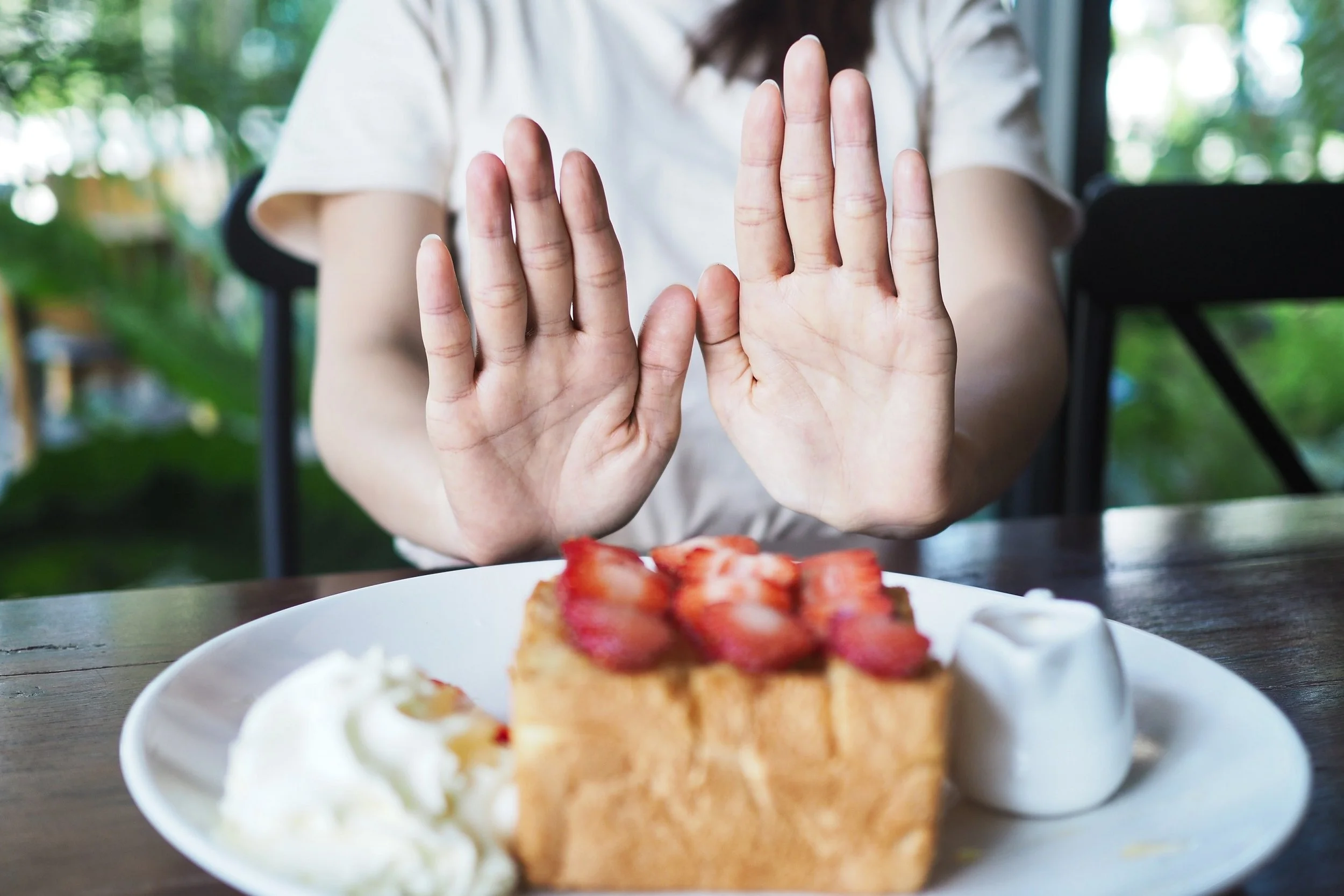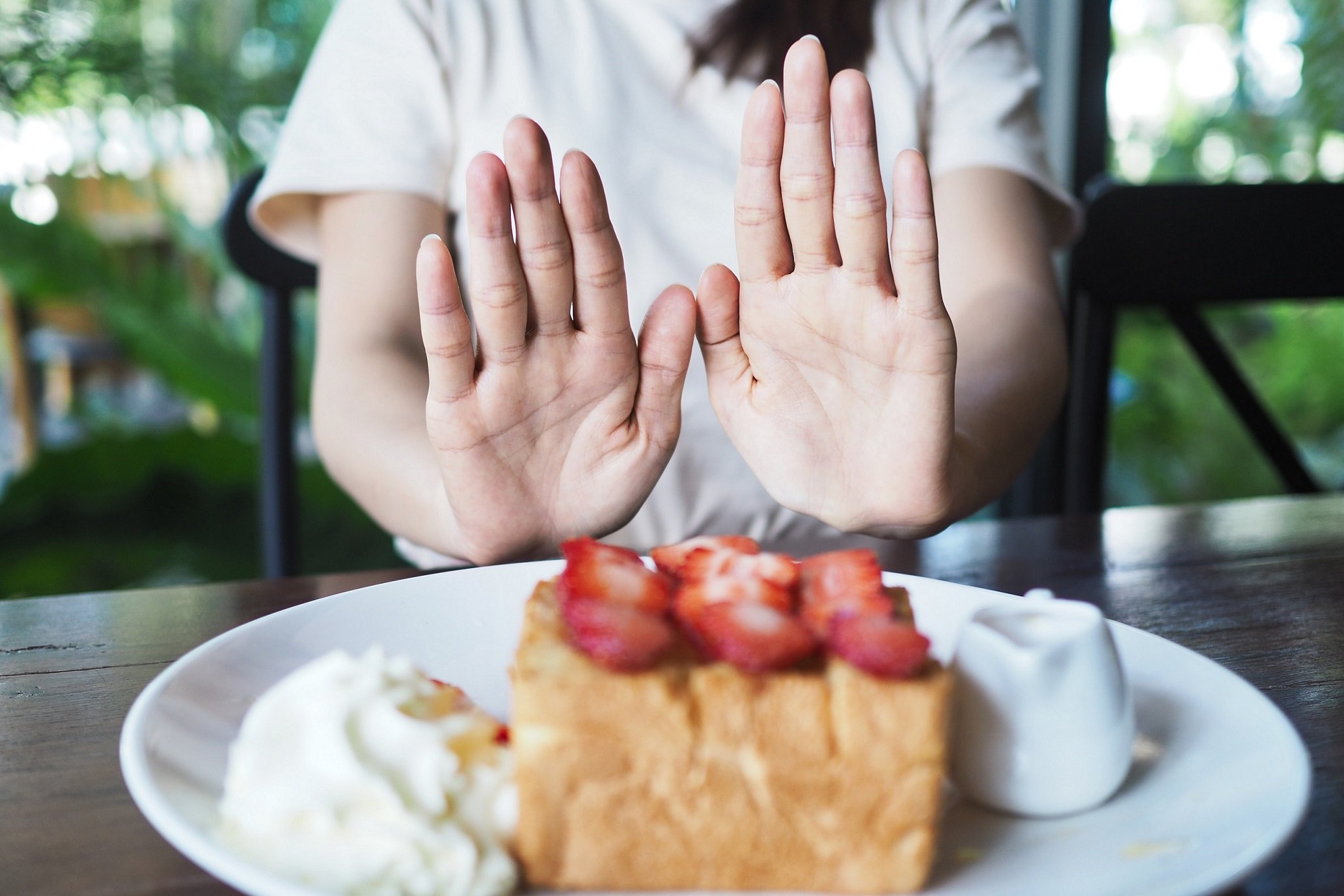Advertisements for food products are teeming with food imagery. These visual enticements are often deployed to promote specific food items, banking on their ability to trigger our cravings, for instance, an image of a mouth-watering burger.
Conventional wisdom dictates that eating is the only way to satiate appetite. However, a new study from Aarhus University upends this idea by suggesting that viewing the same image of food repetitively and visualizing yourself consuming that food can actually make you feel satiated.
The study, led by recent PhD graduate Tjark Andersen from the Department of Food Science at Aarhus University, indicates that viewing the same image more than 30 times can actually lead to a sense of fullness.
Image Credit: shisu_ka via Shutterstock / HDR tune by Universal-Sci
Appetite is largely driven by cognitive perception
"Our experiments showed that participants who were shown the same food image 30 times reported a higher level of satiety compared to before they viewed the image. Moreover, these participants also chose smaller portions when asked about their preferred serving size," explains Andersen.
This seemingly odd reaction of feeling satiated without any food consumption can be explained through the understanding of cognitive perception and its significant influence on our appetite. Andersen explains, "Your appetite is largely driven by your cognitive perception. The way we perceive food plays a crucial role."
This phenomenon is known as grounded cognition theory. The theory postulates that imagining eating an apple stimulates the same brain areas as actually biting into one. Therefore, mere thought can trigger physiological responses making us feel satiated.
The study
While the notion of images inducing a sense of fullness isn't a novelty, the new research conducted by Andersen and his team extends knowledge by examining the number of repetitions necessary to induce satiety and whether varying images can diminish this effect.
They conducted a series of online experiments involving over a thousand participants. Initially, participants were shown an image of orange M&Ms either thrice or thirty times.
Those viewing the image more frequently reported feeling more full. Next, the experiment was repeated with multi-coloured M&Ms and then with differently flavoured Skittles, with no significant change in the outcome.
Given the global increase in obesity since 1975, the implications of these findings could be considerable in shaping weight management strategies. Andersen proposes, "Imagine a scenario where you crave pizza. An app based on our study could display numerous pizza images as you imagine eating it. This process could potentially induce satiety and deter you from actually eating it."
However, Andersen acknowledges that the caloric reduction achieved in their study was minor, as participants chose only slightly fewer Skittles or M&Ms, amounting to less than 50 calories. Yet, it's worth exploring whether this strategy could help resist starting a meal.
An American study found that, on average, young people encounter 6.1 food-related posts every 12 hours, primarily images of food, with over a third featuring desserts or sweet items. While the omnipresence of food imagery online could contribute to the rising obesity trend, this research suggests it could also potentially be part of the solution. The definitive answer, however, remains to be seen.
If you are interested in more details about the research, be sure to check out the paper published in the monthly peer-reviewed scientific journal Appetite, listed below.
Sources and further reading:
Too busy to follow science news during the week? - Consider subscribing to our (free) newsletter - (Universal-Sci Weekly) - and get the 5 most interesting science articles of the week in your inbox
FEATURED ARTICLES:








